by Kishore Reddy, CMD of Mana Projects
In India's major cities, peripheral real estate development demand is increasingly remapping city growth. Mumbai, Delhi, Chennai, and Hyderabad are seeing a change where house buyers, once concentrating on prime locations, are now turning to the suburbs and peripheral areas. The reasons behind such a shift are affordability, improved infrastructure, and better quality of life.
For instance, areas such as Thane and Navi Mumbai in Mumbai have emerged as popular locations because of high property rates within the city core, providing homebuyers spacious accommodation at almost half the price of prime locations such as South Mumbai. In Delhi-NCR, areas such as Noida Extension and Gurgaon's peripheral sectors are also witnessing high residential demand, mainly led by improved connectivity through the metro and new business hubs.
Chennai’s OMR (Old Mahabalipuram Road), once a distant IT corridor, is now a prime residential hub, much like Hyderabad’s western growth toward Gachibowli and Kokapet, which has seen exponential real estate appreciation due to rapid commercial development. The pattern remains the same across India—as cities expand outward, peripheral areas emerge as prime real estate hotspots, offering the perfect balance between affordability, infrastructure, and lifestyle enhancements.
As Bengaluru continues its rapid growth as India's technology capital, a remarkable transition is occurring along its peripheries. Areas like Gunjur, Hosa Road, and Electronic City, once considered the out-of-reach base for homebuyers, are becoming vibrant residential hubs, providing an effective alternative to the city's crowded residencies. These shifting perspectives represent the growing importance of the city's real estate landscape, bringing new opportunities for both homebuyers and developers.
For homebuyers in cities like Bengaluru, the peripheral areas showcase an attractive value proposition. Property prices in such locations typically range from 30-40% lower than those in primary areas, making buying a house possible for a wide range of population segments. For example, the average rate per sq. ft. in Indiranagar and Koramangala is approximately ₹12,000-₹18,000, whereas in Sarjapur Road and Gunjur, the prices are much lower at ₹6,000-₹9,000 per sq. ft.1 This affordability aspect has been a major draw for first-time buyers and millennials looking for bigger, more spacious houses without breaking the bank.
Further, the supply of housing in these peripheral areas has grown by 58% in the past five years, presenting homebuyers with greater ease in finding suitable homes at their budget. Also, rental yields in upcoming areas like Gunjur have gone up by 27.08% last year, presenting these locations as highly desirable both for end-users and investors. The mix of affordability and more space for housing expansion has made these peripheral areas particularly the best option for first-time homebuyers and millennials looking to establish in the outer regions of the city.
The rapid development of infrastructure has been a huge part of this transformation. The upcoming Yellow Line, which connects Electronic City to R.V. Road, and the Blue Line, extending to Sarjapur, will further boost accessibility, making these areas highly attractive for homebuyers who prioritise convenience. The expansion of the Metro network, improved road connectivity, and the setting up of new business parks have crucially reduced transportation times. This infrastructure development with easy connectivity has not only made accessibility easier but has also created the growth of social amenities and commercial establishments in these regions.
Apart from metro connectivity, Bengaluru's Peripheral Ring Road (PRR) costing ₹27,000 crore is going to change the city's transportation scene. The 8-lane, 74 km road will decongest and offer seamless travel between prime IT destinations, industrial corridors, and residential townships in Sarjapur, Varthur, and Electronic City.
This infrastructure drive has directly influenced real estate demand, with property value appreciation in Sarjapur Road by 16.61% in the last year as a result of improved road connectivity and increasing commercial developments.
Beyond only prioritizing affordability and connectivity, such peripheral areas offer some of the best quality-of-life benefits. These recent developments typically feature lower population density and reduced overcrowding, allowing homeowners to escape the chaos and terrific traffic of the city center. With wider roads, green spaces for better quality air, and recreational areas grant a more habitable environment. Modern facilities and amenities are mostly built into these developments from the ground up, and the relatively cleaner air quality compared to the city center adds to their appeal.
From the perspective of realty growth, these peripheral areas showcase remarkable growth opportunities. The availability of larger land parcels makes it possible for the creation of integrated townships and extensive residential projects. Real estate developers are supposed to incorporate sustainable features like rainwater harvesting, solar power, and waste management systems from the beginning, creating more environmentally conscious communities. This way of development has resulted in well-planned neighborhoods that provide modern lifestyle needs while at the same time maintaining a connection with nature.
However real estate investment in such peripheral areas often comes with positive appreciation potential. As infrastructure develops and more businesses come up in these peripheral locations, property prices and values typically see constant growth. Certain patterns in Bengaluru showcase that the outskirts once considered peripheral, such as Whitefield and Electronic City, have transitioned into primary locations over time. These growth properties in the peripheral areas suggest a similar future for current peripheral areas, making them attractive from an investment standpoint.
However, potential homebuyers should also meticulously consider certain factors before making their decision. The current scenario of infrastructure, distance to the workplace and other important services, and the stage of social infrastructure development are major considerations. Understanding the future development plans for the area can also help in making an informed choice. While these areas offer tremendous potential, buyers should align their purchase decisions with their immediate needs and long-term goals.
As cities continue to expand, peripheral areas are no longer just another option for homebuyers – they portray the future of urban living in the city. With well-thought-out development, continued infrastructure improvement, and growing commercial activity, these areas are prone to become self-sustained urban centers in their own right. The evolution of periphery reflects a broader trend in urban development, where the focus is shifting from centralized growth to a more distributed, sustainable model of city expansion. For homebuyers, these areas offer not just affordable housing options, but the opportunity to be part of emerging communities that promise a better quality of life.







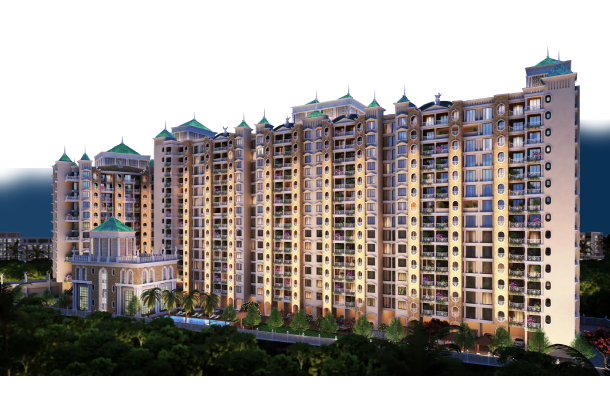
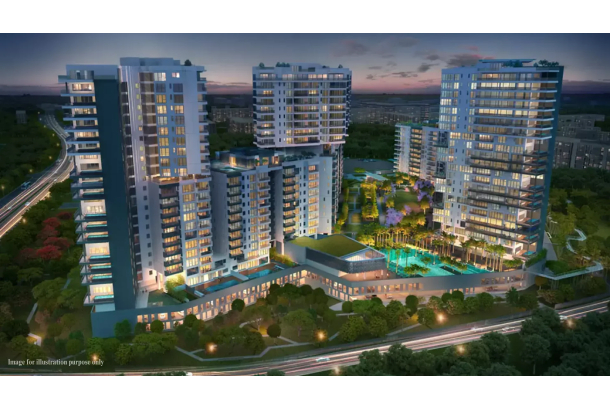
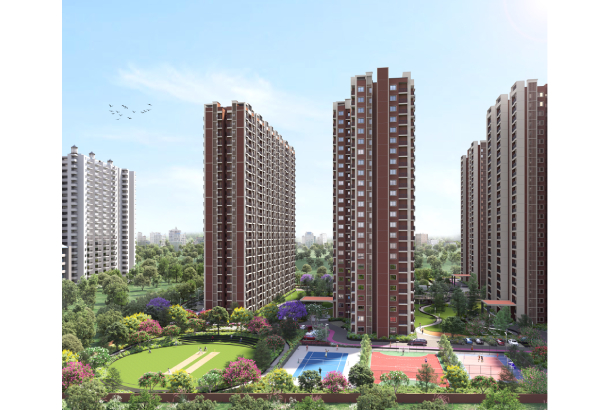




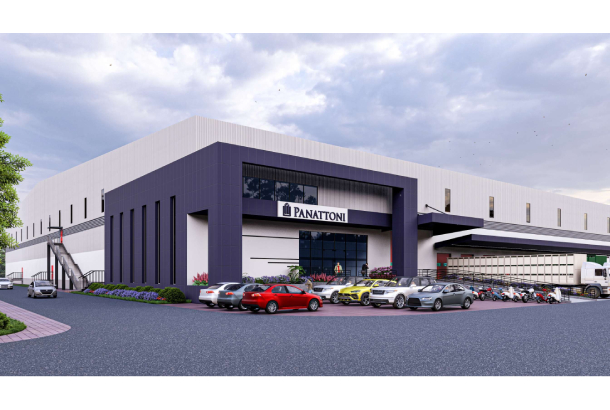
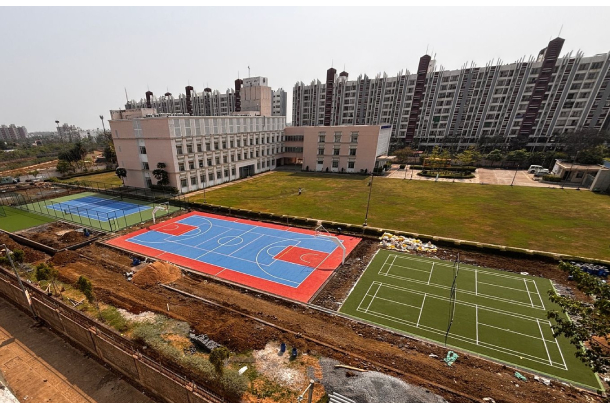


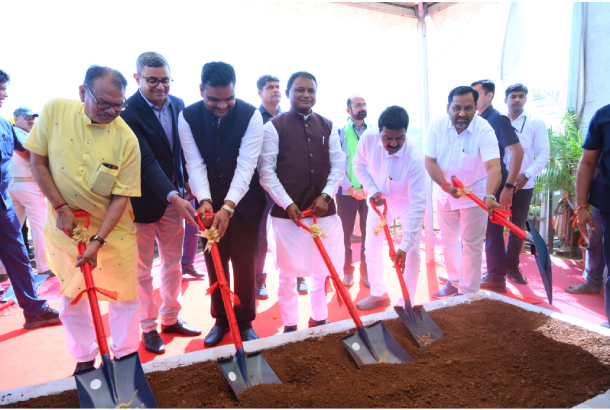
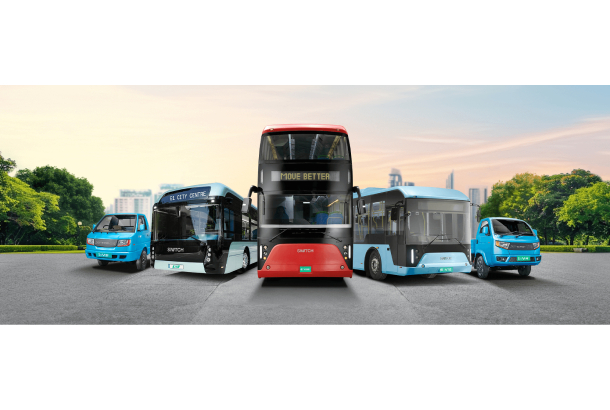
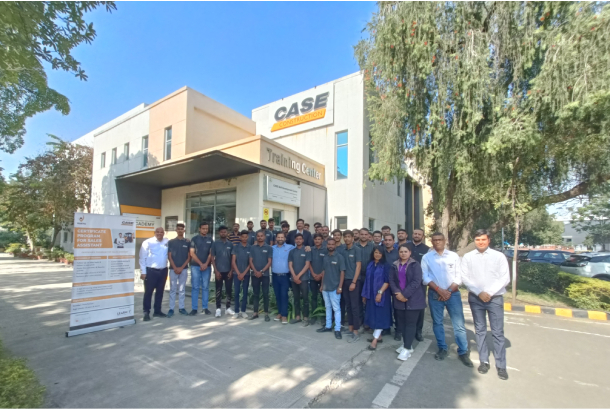

Follow